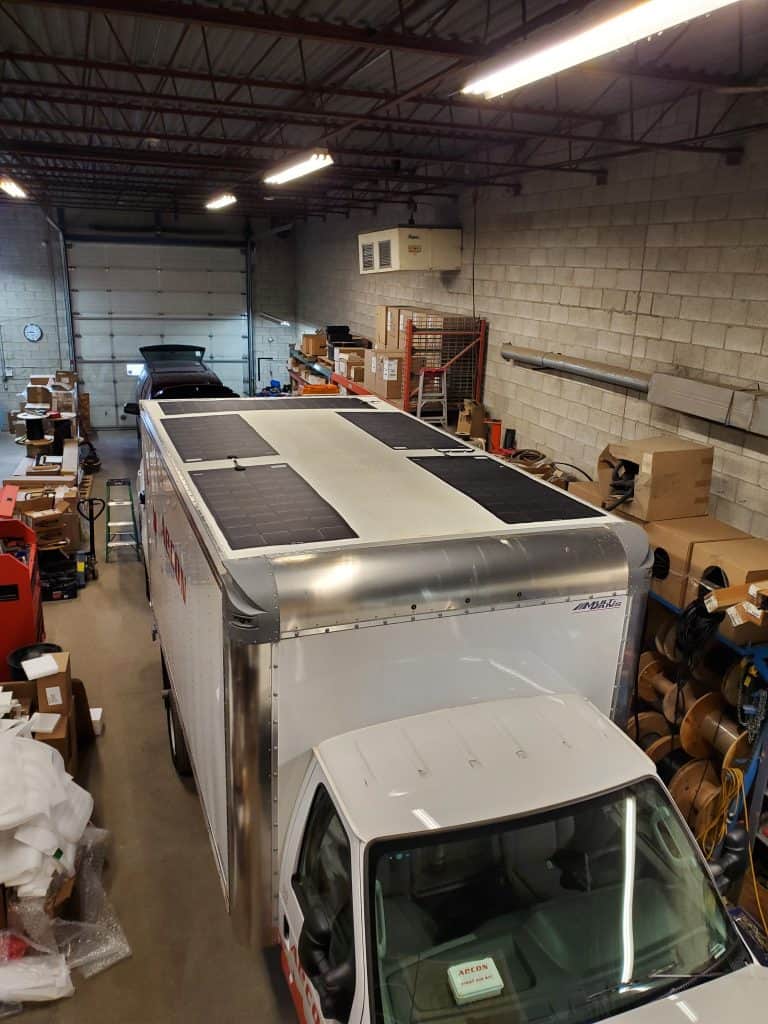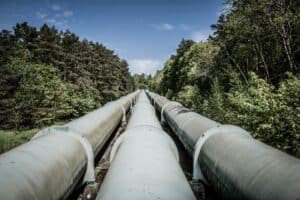In this week’s blog post we are exploring one of those letters, but first, let’s take a look at the three elements that make up ESG:
1) Environment: investors, stakeholders and the public evaluate companies on their environmental impact, which includes factors such as carbon footprint, emissions, impacts on water, wildlife and biodiversity, waste management and more.
2) Social: this relates to the way companies manage and engage with their employees, local communities and indigenous communities.
3) Governance: this relates to the leadership in a company including internal controls, operational style and ethics.
The ‘E’ in ESG
Let’s take a deeper look at some of the ways the pipeline supply chain can improve environmental performance, specifically reducing emissions.
At the recent CEPA Foundation Spring Meeting, Yonni Fushman, Executive Vice-President of Aecon, spoke about sustainability in the construction industry. And while Aecon is a leader in the development and construction of infrastructure projects, the points raised by Fushman apply to companies across the pipeline supply chain.
“When it comes to reducing GHG emissions, operational efficiencies are the first tactic at our disposal,” said Fushman. That could mean equipment maintenance, fuel-saving practices and so on. “Estimates indicate that 90 per cent of the reductions we’re looking at could be driven by technological change, for instance a change from gas powered engines to hybrid and then to electric, or to solar powered lighting and so on.”
Another driver of change is to look for innovation by suppliers. Cement and steel production, for instance, each generate approximately eight per cent of global CO2 emissions. Both are essential components of pipeline development. Emission reductions, improvements and innovations by those industries are reflected all along the supply chain.
Fushman identified carbon capture utilization and storage (CCUS) as a crucial way for companies to reach their 2050 goals. CCUS is a process that captures carbon dioxide from emissions and either reuses or stores it safely, to prevent it from entering the atmosphere. “There are going to be technological limits on how much carbon you can remove from your processes and materials,” said Fushman. “Companies can use offsets, but if you’re able to take advantage of a direct air carbon capture system, that is a way of taking the carbon right out of the air.”
So, what are some of the roadblocks to achieving reductions in emissions? According to Fushman, one challenge is setting realistic expectations. “Government policy decisions and emissions targets need to take into account the ability of companies to financially afford them.”
Watch for future posts, in which we will hear from other Energy Connections Canada members and share their insights on the sustainability future of our industry.




